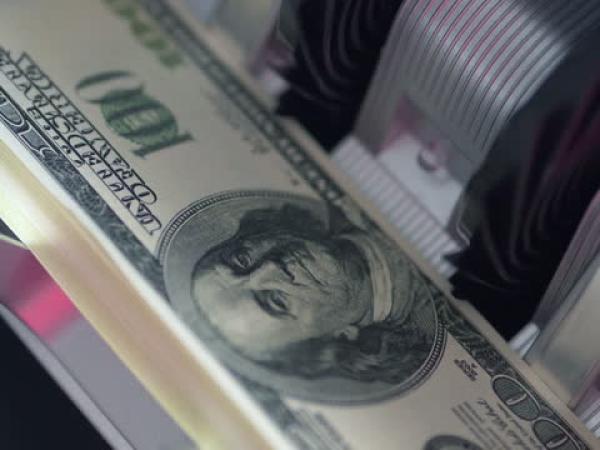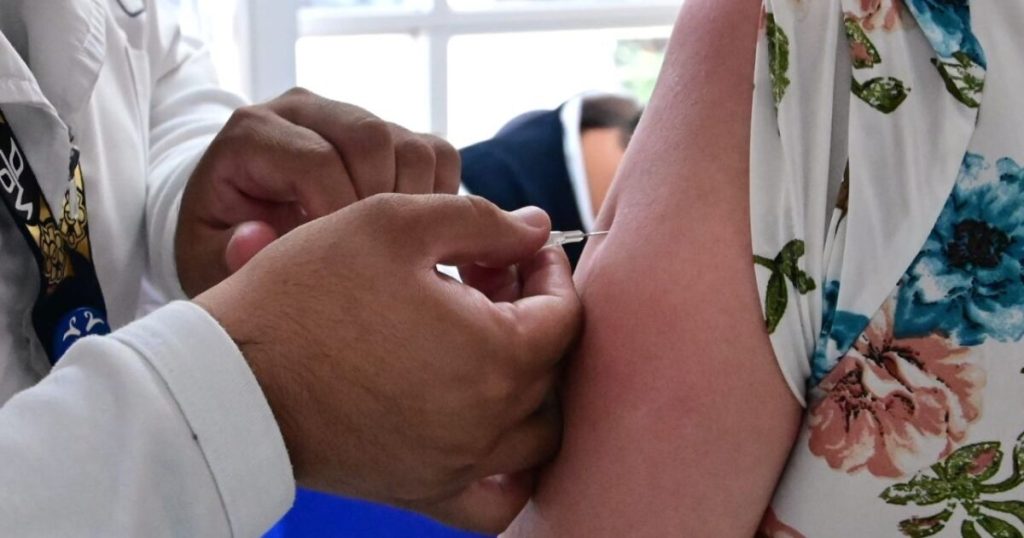It could be said that the international currency par excellence is the US dollar. And throughout history this has been consolidated as the main reserve currency and a key piece in global trade.
(Read more: A European town offers a job worth 1,800 euros and a house to live in: how to apply?)
This year the greenback has registered a fluctuation in its value against other international currencies, product of different factors such as the monetary policy decisions of the United States Federal Reserve (Fed) or the growing geopolitical tension.
Although it is normal for variations in currency prices to occur, the behavior that the dollar has been experiencing has caught the attention of international markets. Reason ‘PinPoint Macro Analytics’ decided to analyze the significant changes in the exchange rate that have occurred in some countries where this currency has experienced both gains and losses.
According to the report, in the last period of analysis, The dollar has recorded its largest percentage drop in Thailandregistering a negative variation of 11.5%. This country is followed by Poland, where it has shown a decrease of close to 11.4%, which has been driven by the resilience of the Polish economy in the current international context.
Below are Malaysia, with a loss percentage of 11.3%; South Africa, with a drop of 8.2%, and the United Kingdom, with a decrease of 8.1%. In the particular case of the latter, the fluctuation is explained by the signs of economic recovery evidenced by this group of nations, which has led to the strengthening of the pound sterling.
(More news: Job creation in the US plummets in October, four days before the elections)
Dollar.
EFE
(Read more: How will the dollar do in Colombia in 2025? This is ChatGPT’s forecast)
Where has it gained ground?
Türkiye leads the group of countries where the dollar has seen a significant increase, with a recovery of 24.8%. Its upward trend has been driven by high inflation and recent monetary policy decisions in that nation.
In second place is Mexico. In this South American country, the banknote has managed to recover 13.1% of its value, thanks to the relationship that exists between its central bank and the US. which has generated fluctuations in the Mexican peso.
Followed by these are Brazil, with 8.3%; Colombia, with 3.3%, and India, with 1.1%. Taking the national territory as a reference, so far this year the dollar has gained 581 Colombian pesosplacing it at an average price that is above 4,000 pesos.
(Read more: When will normality return for the dollar in Colombia?)
PORTFOLIO

















